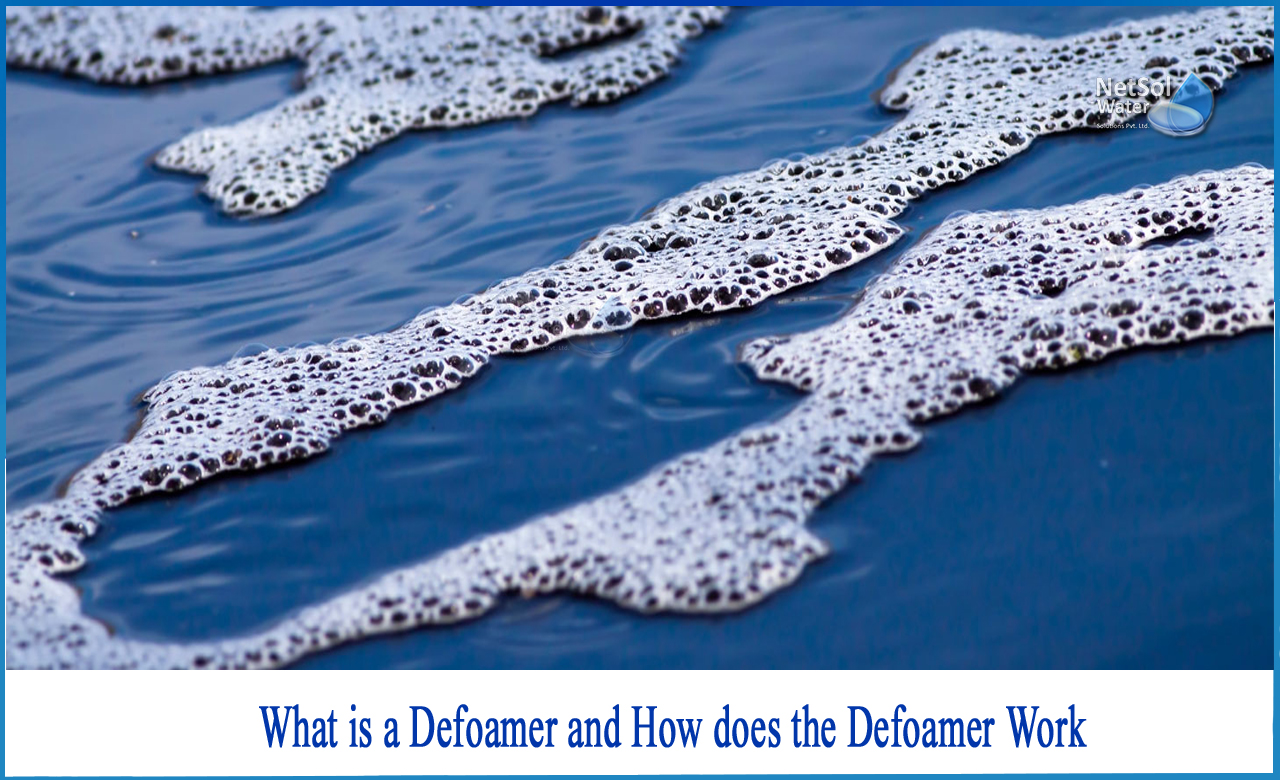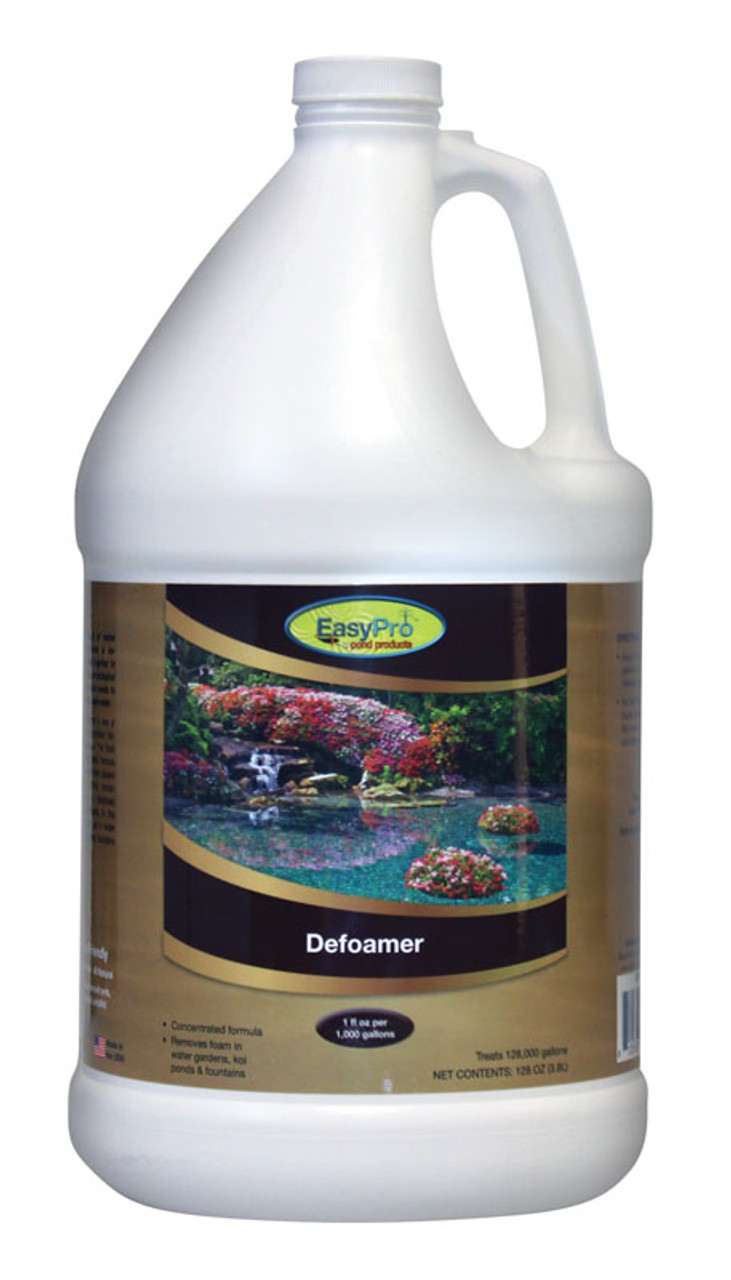The Science Behind Defoamers and Their Role in Foam Control
Selecting the Right Defoamer for Your Details Application Needs
Choosing the proper defoamer for certain application demands is a nuanced process that requires cautious factor to consider of multiple aspects, such as the foam kind, operating, and medium conditions. Understanding the subtleties of defoamer performance-- including speed and determination-- while additionally accounting for governing and environmental factors is critical.
Comprehending Foam Formation
Foam formation occurs when gas is entraped within a fluid, creating a stable framework of bubbles. This phenomenon can considerably affect different commercial procedures, specifically in industries such as food manufacturing, drugs, and wastewater therapy. The visibility of foam can impede mixing, lower item quality, and even bring about operational inadequacies.
Foam commonly creates because of a mix of factors, consisting of surface-active agents, agitation, and the qualities of the fluid stage. Surfactants reduced the surface area stress of the fluid, promoting the formation of bubbles that can integrate and maintain. Agitation, whether from mechanical mixing or gas introduction, improves bubble formation, leading to increased foam quantity.
Understanding the auto mechanics of foam formation is essential for markets intending to optimize their processes. By determining the specific problems that advertise foam generation, organizations can carry out approaches to mitigate its effects.
Kinds Of Defoamers Available
Different sorts of defoamers are readily available to address the difficulties postured by foam in industrial applications. defoamers. Extensively classified, defoamers come under three categories: silicone-based, non-silicone-based, and natural defoamers
Silicone-based defoamers are renowned for their performance and security across a large range of temperature levels and pH levels. They are normally made use of in applications where solid foam suppression is needed, such as in finishings, adhesives, and paints. Their low surface area stress enables fast foam collapse.
Non-silicone-based defoamers, typically made from natural substances, offer an alternative for applications conscious silicone deposits. These defoamers can be more divided right into polyether and ester kinds, each customized to satisfy particular solution requirements. Non-silicone defoamers are often utilized in food processing and personal care items due to their compatibility with different solutions.
All-natural defoamers, stemmed from plant or pet sources, are obtaining grip because of their environmentally friendly profile. These items are specifically appealing in applications where regulatory conformity and sustainability are critical, such as in agrochemicals and biotechnology.
Selecting the right sort of defoamer is essential for optimizing efficiency and guaranteeing compatibility with specific applications.
Trick Application Factors To Consider
When choosing a defoamer, it is vital to think about the specific application needs to ensure optimum efficiency. defoamers. Various markets have distinct needs, such as food processing, drugs, or wastewater therapy, and each application may require distinct defoaming residential properties
Key aspects to examine consist of the tool in which the defoamer will be used, whether it is water-based, oil-based, or a combination thereof. The temperature level and pH levels of the application can likewise substantially affect the efficiency of a defoamer. In addition, compatibility with other chemicals present in the system is important to avoid unfavorable responses that could endanger efficiency.
An additional important factor to consider is the lathering habits of the details system. Understanding whether the foam creates quickly or slowly view website can guide the choice of a defoamer that targets the origin reason properly. Additionally, the wanted rate of defoaming can affect the choice, as some applications call for rapid action while others may endure slower defoaming procedures.
Last but not least, ecological and regulatory considerations must not be overlooked, especially in markets with strict compliance requirements. reference Choosing a defoamer that straightens with these factors guarantees both performance and security in the application.

Efficiency Testing Approaches
Reviewing the efficiency of a defoamer calls for an organized strategy to screening that accurately determines its effectiveness in particular applications. Different efficiency screening techniques can be used to ascertain the ideal defoamer for a provided formula.
One usual technique is the bubble examination, which reviews the defoamer's ability to lower foam quantity over time. This examination involves generating a steady foam and then including the defoamer to observe the rate of foam collapse.

Ultimately, selecting the suitable performance testing method relies on the specific application and the sort of foam being resolved. Each technique supplies important data that can assist formulation modifications and boost the performance of the defoamer in sensible applications.
Best Practices for Choice


Following, think about the defoamer's efficiency in regards to rate of activity and determination. A quick-acting defoamer might be essential for processes where rapid foam suppression is critical, while a more persistent formula could be required for prolonged foam control. Furthermore, evaluate the ecological effect of the defoamer, including its biodegradability and any regulative compliance requirements.
Conduct trials with picked defoamers to determine their performance in real-world conditions. By sticking to these ideal methods, you can improve foam control effectiveness and make certain the durability of your procedures.
Final Thought
In summary, picking the proper defoamer demands a comprehensive assessment of numerous aspects, including foam kind, medium, operating problems, and ecological considerations. Recognizing the distinct characteristics of foam formation and the offered defoamer options is essential.
Choosing the proper defoamer for particular application needs is a nuanced procedure that demands cautious consideration of several aspects, such as the foam operating, kind, and tool conditions.Choosing the ideal defoamer is crucial for achieving optimal performance in foam control applications. A quick-acting defoamer might be needed for processes where rapid foam reductions is vital, while a much more persistent formula might be required for long term foam control.In summary, selecting the proper defoamer requires an extensive evaluation of different variables, consisting of foam kind, medium, operating problems, and environmental considerations. Comprehending the distinct attributes of foam formation and the readily available defoamer alternatives is essential.